Intel Announces RealSense LiDAR Depth Camera for Indoor Applications
by Anton Shilov on December 11, 2019 11:00 AM EST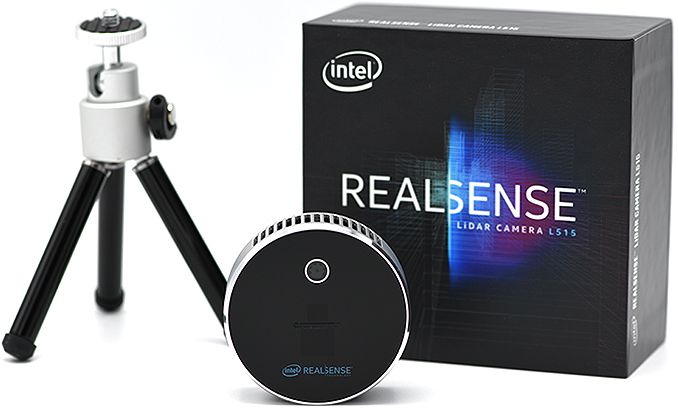
Intel has introduced the first member of its RealSense LiDAR family of depth cameras, the RealSense LiDAR L515. The sensor is primarily designed for indoor use, with Intel optimizing their to capture typical indoor ranges with a small, high accuarcy device.
Intel’s RealSense LiDAR L515 comes equipped with a 1920×1080@30Hz RGB sensor, a 1024×768@30Hz depth sensor, and the Bosch BMI085 inertial measurement unit (i.e., accelerometer and gyro). When it comes to physical capabilities, the RealSense LiDAR L515 has a range of 0.25 meters to 9 meters, a 70° ±3° × 43° ±2° RGB field-of-view as well as a 70°±2° × 55°±2° depth field-of-view. The LiDAR can scan a scene with up to 23 million points of depth data per second. Furthermore, the built-in vision processor can capture high paced scenes with minimal motion blur due to an exposure time of less than 100 ns and offloard appropriate processing from host saving battery life and improving performance.
The LiDAR L515 uses Intel’s proprietary MEMS mirror scanning technology that promises a better power efficiency than other time-of-flight technologies. In fact, Intel goes as far as claiming that at 3.5 W, its RealSense L515 is the most power efficient high-resolution LiDAR in the industry.
Intel’s RealSense LiDAR L515 measures 61 mm by 26 mm and weighs around 100 grams. The small dimensions and low weight make it possible to install the RealSense L515 into most devices that need to support navigation or gesture recognition. Furthermore, the LiDAR uses Intel’s open source Intel RealSense SDK 2.0, connecting back to its host via a USB 3.1 Type-C interface. The sensor is reportedly compatible with Android, Windows, macOS, and Linux, which makes it compatible with virtually all compute platforms available today.
Intel’s first RealSense LiDAR is currently available for pre-order directly from the company for $349.
Related Reading:
- Arm Unveils Arm Safety Ready Initiative, Cortex-A76AE Processor
- Imagination Launches PowerVR Automotive Initiative, 8XT-A GPU IP
- Investigating NVIDIA's Jetson AGX: A Look at Xavier and Its Carmel Cores
- Arm Announces Cortex-A65AE for Automotive: First SMT CPU Core
- Intel's Standalone 6DoF RealSense Tracking Camera T265 with Movidius Inside
Source: Intel


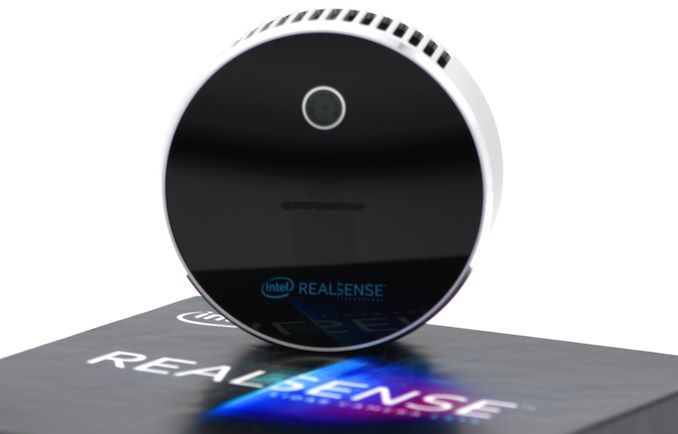
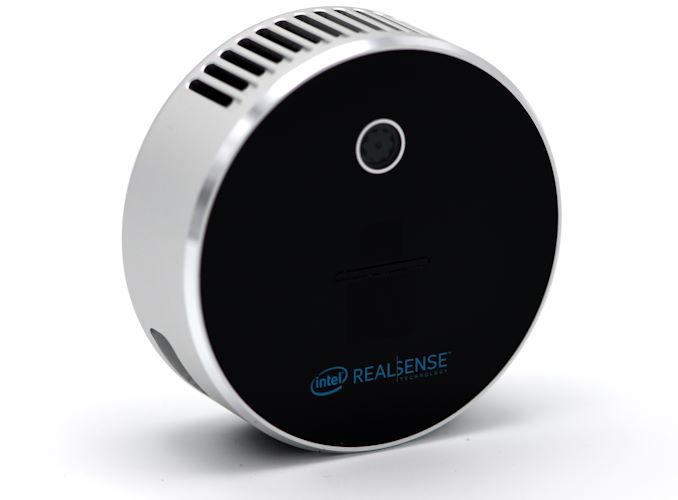
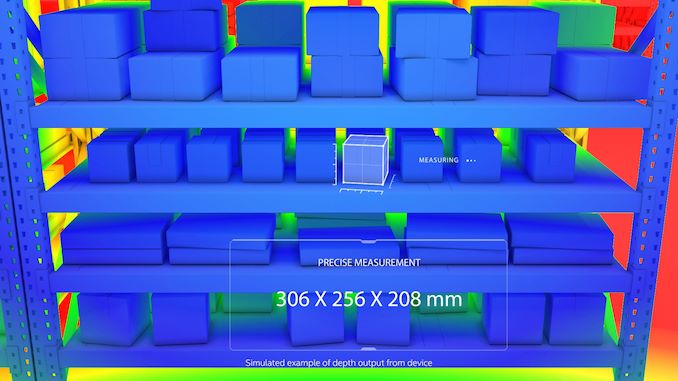
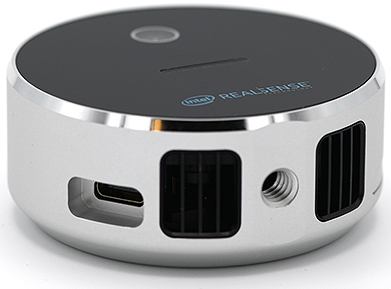








33 Comments
View All Comments
Amandtec - Wednesday, December 11, 2019 - link
Self Driving Cars made of LegoAmandtec - Wednesday, December 11, 2019 - link
Indoor != Home.mode_13h - Thursday, December 12, 2019 - link
Robotics & 3D scanning are two obvious uses. Perhaps virtual set, for video production.Here are some more examples: https://www.intelrealsense.com/use-cases/
Thud2 - Wednesday, December 11, 2019 - link
Sorry if these are stupid questions but I know from years of reading AT that there amny, many more knowledgable people here than I. Can this camera stream h264? That image is much more defined that thermal cameras 10 times the price can stream. Thermal cameras can struggle to define humans at ambient temps around 98.6. Optical security cameras are confused by fog, shadows close insects. This seems to be an ideal security camera (aside from the USB bandwidth issue). Can this operate through glass or plastic for an enclosure? One more question :) Could this camera be programmed to only pass images further away than an insect at 1 or 2 feet. Thanks in advance. End of novel.mode_13h - Thursday, December 12, 2019 - link
It utilizes a class 1 laser @ 860 nm. So, if whatever you want to shine it through is transparent at that wavelength, you're good.Beware that it will likely have difficulty with glossy or reflective surfaces, though. So, it won't be very good for detecting people wearing tinfoil hats.
;)
They don't say what it can stream. Its connector is "USB-C 3.1 Gen 1". You might just get a raw stream and have to encode it, yourself. Given that the RGB is limited to 2 MP @ 30 Hz and depth is limited to 0.7 MP @ 30 Hz, I think the USB interace won't be a bottleneck.
Thud2 - Thursday, December 12, 2019 - link
I really appreciate the responses. Disappointing to see it's a "simulated" DOF image in the release. Will have to keep an eye out for research.mode_13h - Saturday, December 14, 2019 - link
There's a PDF datasheet linked from their product page. It says the RGB image formats are YUY2, which is a raw, YUV format.Incidentally, the depth measurements seem to be 16-bit unsigned ints.
edzieba - Thursday, December 12, 2019 - link
If that's a 'legit' captured depth map (rather than fusion of multiple captures over time into a synthesised scene) then holy crap, that's an extremely clean sensor output for that price. I might have to grab one to play with.stepz - Thursday, December 12, 2019 - link
It's not: "Simulated example of depth output from device"Thud2 - Thursday, December 12, 2019 - link
I just watched the release video and it says the lidar is XGA. Better than cheap Thermal IP cameras but not like the image in the release at all